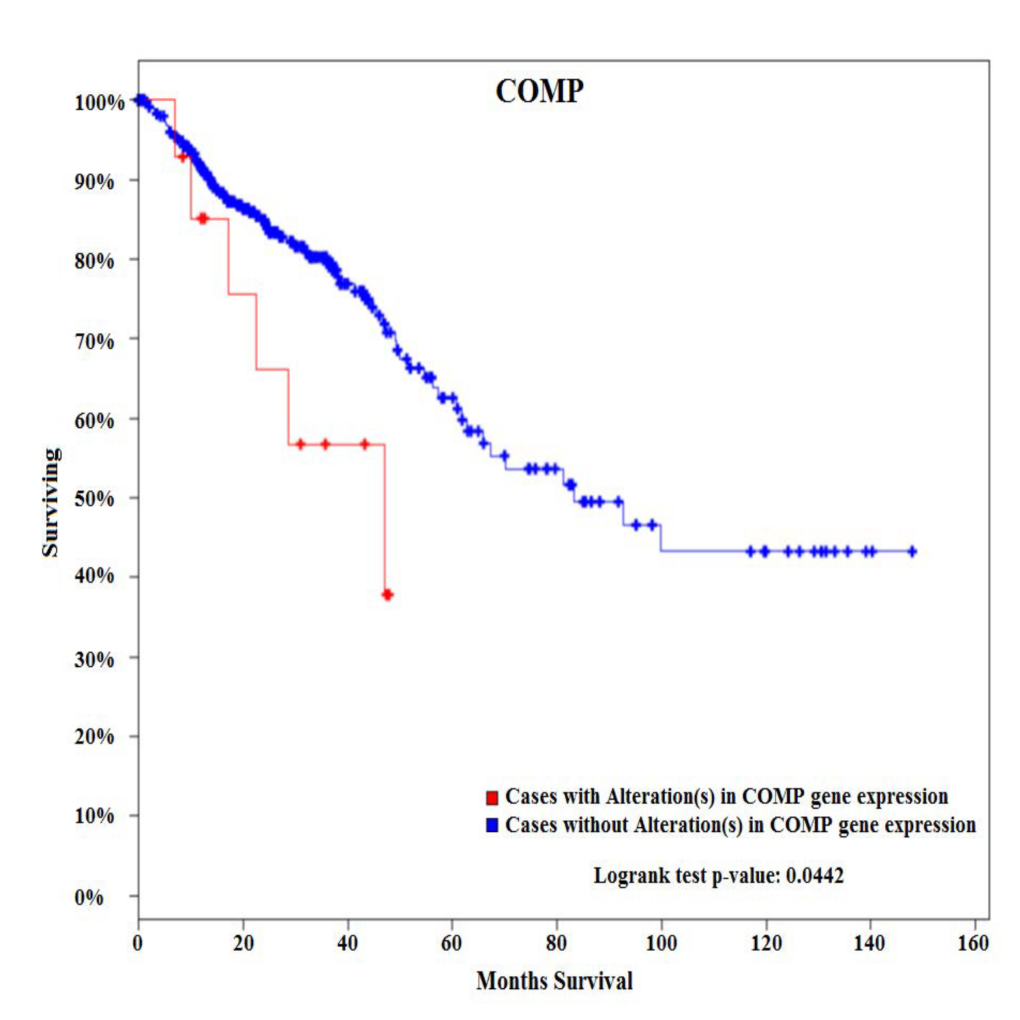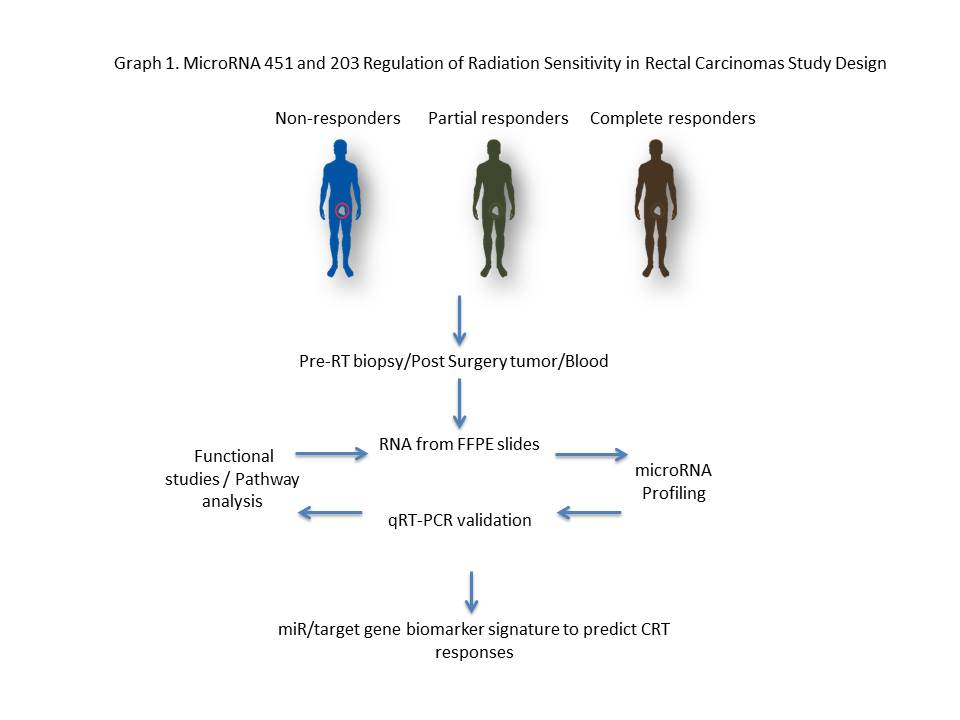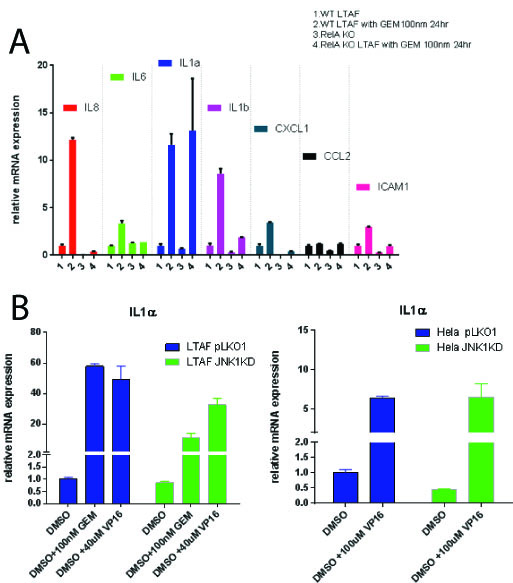S. Engelsgjerd1, S. Kunnimalaiyaan1, T. Gamblin1, M. Kunnimalaiyaan1 1Medical College Of Wisconsin,Surgical Oncology/Surgery,Milwaukee, WI, USA
Introduction: High-risk neuroblastoma (NB) is a lethal childhood cancer. Published data have reported the anti-proliferative effect of Xanthohumol (XN), a prenylated chalcone, in various cancer types suggesting that XN could be a useful small molecule compound against cancer. The effect and mechanism of XN on NB cell proliferation is unknown. This study hypothesizes that XN will inhibit NB growth, and the effects of XN on cellular proliferation as well as the mechanism of action in NB cell lines were examined. The TNF-Related Apoptosis Inducing Ligand (TRAIL) is an endogenous ligand that is expressed in monocytes, macrophages, dendritic cells, natural killer (NK) cells, and activated T cells. TRAIL mediates apoptosis through binding of transmembrane receptors, death receptor 4 (DR4) and/or death receptor 5 (DR5). Cancer cells are frequently resistant to TRAIL-mediated apoptosis, and the cause of this may be decreased expression of death receptors. This study hypothesizes that XN increases DR5 expression in NB cells thus sensitizing them to TRAIL.
Methods: The effect of XN in human NB cell lines NGP, SH-SY-5Y, and SK-N-AS was determined via MTT assay. Cell confluency assay by cell live imaging was also carried out for SK-N-AS and NGP cell lines after XN treatment. Cell lysates were analyzed through Western blotting for pro- and anti-apoptotic markers as well as death receptor (DR5). Synergistic analysis of XN and TRAIL in SK-N-AS cells was performed via MTT assay.
Results: XN treatment causes a statistically significant decrease in the viability of NB cells with IC50 values of approximately 12 µM for all three cell lines. Inhibition of cell proliferation via apoptosis was evidenced by an increase in pro-apoptotic markers, including cleaved PARP, cleaved caspase-3, and Bax, and a reduction in anti-apoptotic markers BcL-2 and survivin. Importantly, XN treatment increased expression of DR5. Furthermore, statistically significant synergistic reduction was observed following pretreatment with XN (41%) compared to either TRAIL or XN alone (10%) in SK-N-AS cells.
Conclusion: XN treatment reduces NB cell growth via apoptosis in a dose-dependent manner. Treatment is associated with an increase in DR5 expression. Most importantly, enhanced growth reduction was observed in combination with TRAIL. This is the first study to demonstrate that XN alters the expression of DR5 as well as the synergistic effect of XN on TRAIL in NB. This study provides a strong rationale for further preclinical in vitro and in vivo analysis of XN in combination with TRAIL.



